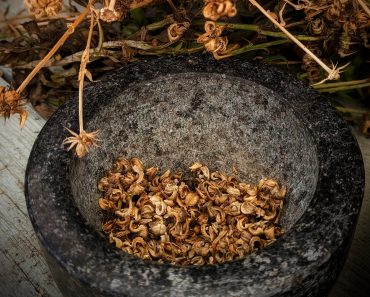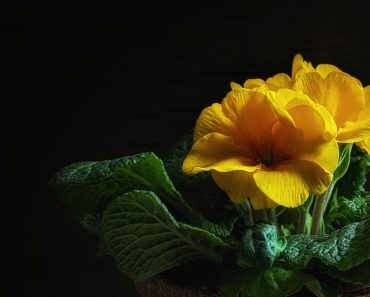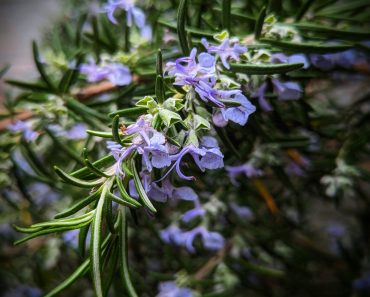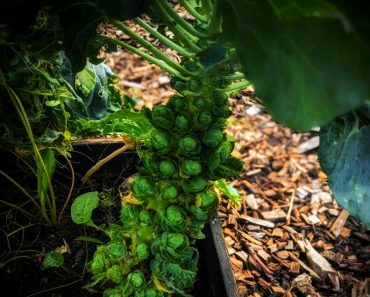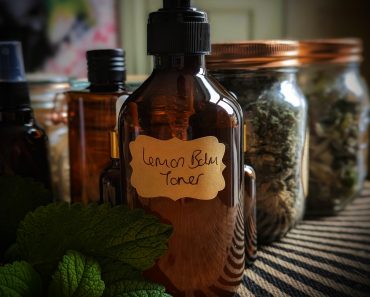Not many flowers are as cheery as Pansies! These short lived Perennials bring year-round colour and are perfect for window boxes, pots, and the front of borders. But thats not all! Read on to see why Pansies are soo Fabulous!

Pansy Characteristics
Pansies have bright and bold upturned ‘faces’ in a wide range of colours, including yellow, gold, purple, violet, orange, red, white, dark purple and even almost-black .The velvety flowers have large heart-shaped, overlapping petals and are around 5 to 8cm across.
The entire plant will grow anywhere from 15cm to 30 cm tall and have a spread of about 9 to 12 inches . Heart-shaped or rounded leaves sprout from the base of the plant, with oval leaves growing from the stems.
Pansies show their flowers 12 months of the year! Enjoying the cold winter temperatures, Autumn Chills, the Spring sunshine and finally the Summer heat. A good year-rounder!
Planting Ideas for Pansies
- Plant amongst Your Veggies! – Add pops of Colour to your vegetable beds by planting Pansies with kale, cabbage and Swiss chard
- Add Pansies To Your Herb Garden– Grow alongside Parsley, Basil, Chives and Coriander to make a Herb garden with bold colours and interesting texture
- Plant in pots– Pansies look particulary beautiful when planted in pots with Primrose, Lobelia and Dianthus and snapdragons
- Plant a Happy Bed! – How about a bed of Teddy Bear Sunflowers, Dwarf Sunflowers and Pansies. Flower Beds don’t get much happier than that!
- Window Boxes- Perfect for window boxes thanks to their low growing nature
- Plant at the front of Borders- Plant Pansies in masses, to line the front of your borders

What do Pansies smell like?
Not All Pansies Have a Scent. But the ones that do are most fragrant in the early morning and at dusk. Yellow and Blue Pansies are known to have the strongest scent and have a delicate, perfume-like aroma.

7 Interesting Pansy Facts!
1. Pansies Are Edible!
Yep! Use them in Cake decorating, as cocktail Garnishes, even add them to your salads…I have enjoyed many a Pansy flower over the years!
Both the flowers and leaves are edible, and bonus! are high in Vitamin A and C too! What do Pansies taste Like? The taste reminds me of young lettuce leaves, but with a sweet aromatic flavour. See my Edible Flowers Post for more tasty blooms!
2. Pansies Come In Three Basic Variations
Pansy Flowers varieties come in one of three colour patterns…
1. Single block colour without patterns, normally yellow or blue.
2. Pansy flowers with black lines radiating from the center of the bloom.
3. And finally the most common, flowers with dark blocks/splotches in the centre of the flower petals
3. Love And Remembrance
Pansies have long been symbolic of love, rememberance and affection. Their name is actually derived from the french word ‘pensée’ meaning ‘thought’
Even in William Shakespeare’s Play A Midsummer Night’s Dream, the juice of the’love-in-idleness’, otherwise known as the wild pansy was used in a love potion.
In Victorian England, romantic feelings were expressed by the gift of Pansies. Many a first kiss has taken place above the upturned ‘faces’ of Pansies!
4. Pansy By Name But Not By Nature!
Dont let their delicate name and dainty appearance fool ya! Pansies are tough little cookies, maintaining their vibrant blooms even when faced with the coldest weather conditions.
5. February’s Birth Flower
They are the perfect gift for a loved one who celebrates a birthday in February! Purple pansies are the traditional hue for February, just like Amethyst, which is also February’s birth stone.
6. They make excellent cut flowers
Posies of Pansies are ideal for small floral displays, expect them to last 4 to 8 days in a vase.
7. May be treated as a perennial or an Annual
In the Uk Pansies are a short lived Perennial, but can also be treated as an Annual. Gardeners sometimes like to replace their Pansies each year, as hot summers can sometimes lead to the plants becoming a little too leggy
How To Grow Pansies
Sow In A Cool Greenhouse Or Cold Frame
- Sow Pansy seeds February-April under glass to flower May-September the same year. Or May-July outdoors in a cold frame or seedbed to bloom the following spring.
- Sow in pots, modules or trays on moist compost, 1/4 inch deep
- Cover with a propogator lid or polythene bag and place in a cool greenhouse or coldframe
- Try to keep the soil damp but not wet
- Germination should occur within 10-21 days. Remove cover once seedlings emerge
Potting On And Planting Out
- Plant out February-April sown seeds after all risk of frost has passed, Plant Out 10′ apart. *Be sure to harden them off first
- When Seedlings are large enough to handle, pot on into individual pots or modules.
- Alternatively, May – July sown seeds can be planted out in the autumn for flowering the following spring.
What Does Hardening Off Mean?
Plants raised indoors or in a greenhouse environment, need to be acclimatised to cooler temperatures and increased air movement for about two to three weeks before they are planted outdoors permanently. This is a ‘toughening up’ practice to prepare the plants for their new environment.
How to Harden Off
Place your plants out for a couple of hours in a shady part of the garden. The next day, leave them out again for two hours, but this time allow the plants an hour of direct sunshine in the morning. Gradually continue to increase the length of time the plants are in direct sunshine over the course of roughly two weeks
WHERE TO PLANT Pansies
Pansies prefer a full sun spot or partial shade. They like a well drained, moist soil. Plant them in beds, containers or baskets.

Pansy WATER REQUIREMENTS
Water Pansies well after planting. You could also add a layer of mulch around the plants to help retain moisture. Continue to water throughout the summer months, about once a week, or more during periods of drought
SHOULD YOU DEADHEAD Pansies?
Pansies will benefit from deadheading, to keep the flowers coming! Remove spent blooms by either pinching off the bud or cutting it off just below the faded flower bud. This will encourage the plant to produce more flowers, prolonging the bloom season.
BUYING Pansy PLANTS
You’re in luck! Pansies happen to be a very popular plant and are sold in pretty much every garden centre in the UK,12 months of the year. Look for Pansies that are healthy in appearance with unopened buds and lush green leaves.
COMMON PAnsy PROBLEMS
- Look out for slugs and snails
- Downy mildew of pansies is a disease caused by a fungus-like organism. Causing pale blotches on the leaves. This can lead to the affected leaves dying. Pansies are most at risk in winter during cold wet weather.Remedy by practicing good watering habits and adequate spacing between plants.
- Spider mites and Aphids love Pansies too. I use my garlic spray to remedy that problem! Works Wonders on Roses too.
CREATING A GARDEN? CHECK OUT THESE POSTS…
- How To Grow Lobelia
- How To Grow Foxgloves
- How To Grow Lupins
- How To Grow Crocus
- How to Grow Ranunculus
- How To Grow Cirsium Rivulare
- How To Grow Delphiniums
- How to Grow Dahlias
- How To Grow Sweet Pea
- How To Grow Cosmos
HAVE A NOSEY AT THESE FRUGAL GARDENING DIY POSTS TOO…
- DIY Potting Bench made from scrap materials
- DIY Rustic Fence Made From Branches
- Make a Free DIY Crazy Paving Path
- DIY Shed From Old Doors
- DIY Potting Shelter
- DIY Free Greenhouse
- DIY Bee Hotel
- How To Create a Cottage Core Garden
- How To Make Nettle and Comfrey Homemade Fertiliser
LOOKING FOR MORE ‘HOMELY’ INSPO ?
Have a Nosey Around the Blog! See what i’ve been Decorating, Baking, Growing and Brewing! Also, pop over and say Hi on Instagram

